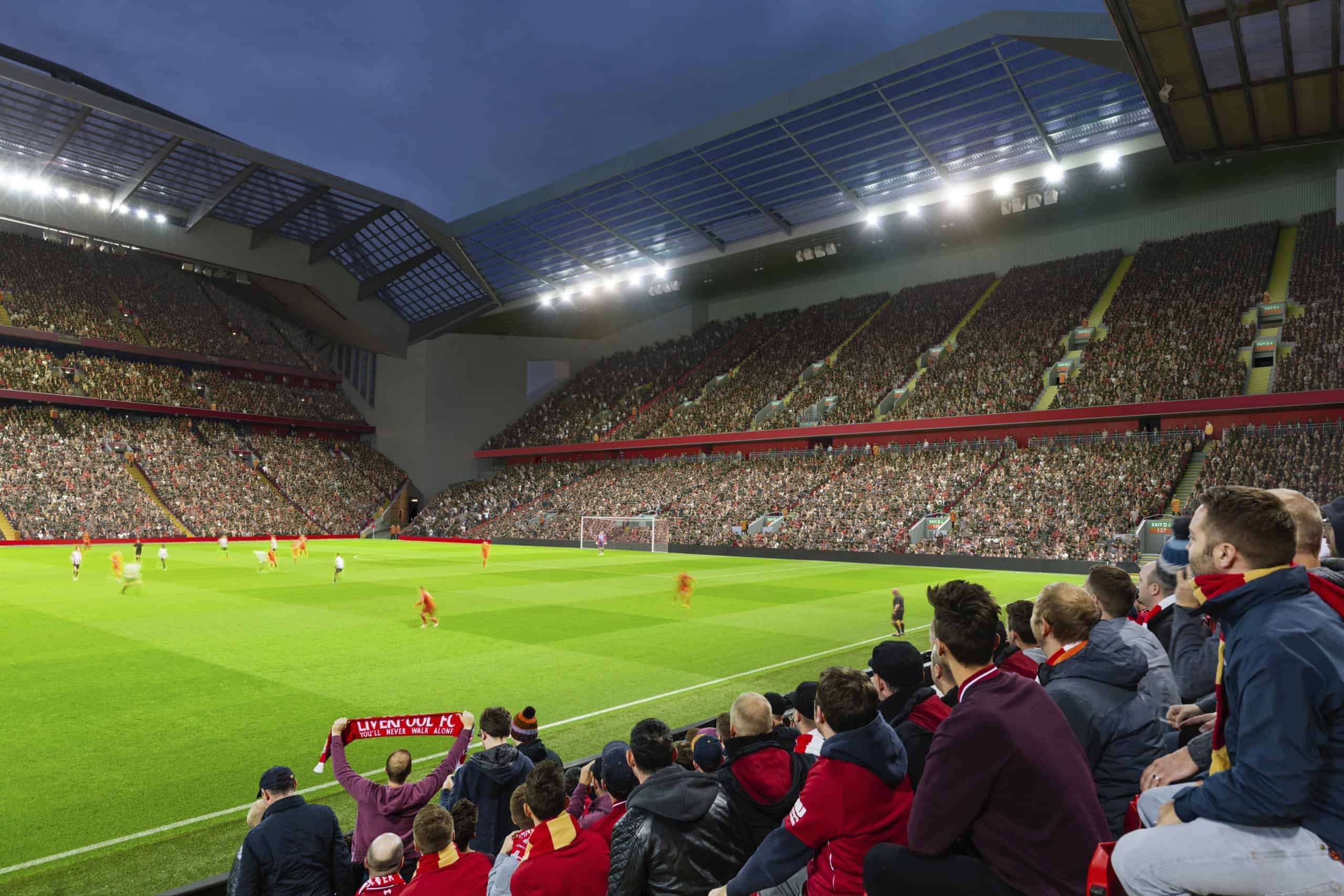Modelling the market for premier league football tickets


Modelling the market for premier league football tickets
Kuba Williams
You must sign in to purchase this product.£0.99
Details
Licenses
Delivery / Returns
For electronic delivery via the “My downloads” button on your Economics Factory account.
Kuba Williams models the market for Premier League football tickets and asks whether fans are rational consumers.
He covers his topic with precision and clear application of a huge number of A-level Economics concepts – we counted in excess of 35!
What a fantastic way to engage your sports mad students or to follow up your love of Economics if you are a sports mad student yourself. The content ranges a look at how supply and demand has changed over time (really accessible for Year 12 students) to application of concepts such as profit maximisation and price discrimination (great for Year 13). Discussion of the assumptions underpinning Kuba’s modelling and analysis would even provide a good stretch and challenge or Oxbridge class topic.
A valuable contribution to the “super curriculum” in Economics, challenging students to develop their understanding of A level concepts more deeply. The article is fully referenced.
A brief extract from the early stages of Kuba’s article is below:
However, it should be remembered that the interwoven assumptions of ‘ceteris paribus’ and ‘consumer rationality’ are necessary when considering the impact of a price change on the quantity demanded of a product in support of this law. Therefore, dropping these assumptions reveals numerous non-price factors which have produced favourable determinants of demand for Premier League football and in addition, it could be argued that the rationality of many spectators, is questionable.
Firstly, amongst the non-price factors that have contributed to the increased demand for Premier League football are rising disposable incomes and car ownership, complemented by greater access to more efficient modes of public transport, courtesy of a more integrated transport infrastructure. A more specific influence, however, was the requirement of the Taylor Report for football stadia to be all-seated following the Hillsborough tragedy. Coinciding with the demise of wide scale hooliganism in the early 1990s (helped by better policing and the incorporation of more CCTV), football began to attract more fans. Textbooks would roughly categorise this favourable non-price determinant of demand as a ‘change in tastes and fashion’ which causes the demand curve to shift to the right (D1 to D2), as illustrated in Figure 1 overleaf. Supply is perfectly inelastic, given the fixed capacity of grounds, and the shift to the right (S1 to S2) is due to an increase in the collective capacity of stadia.








